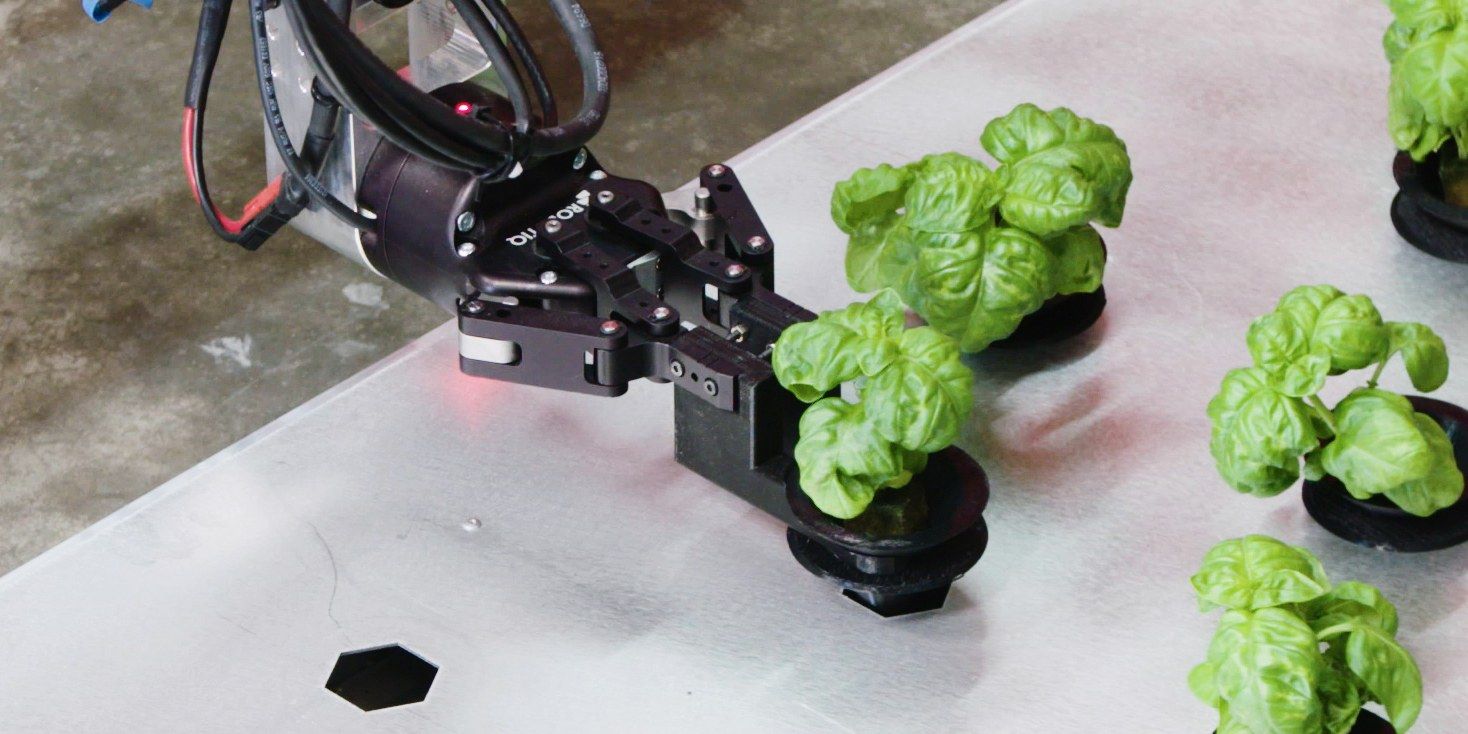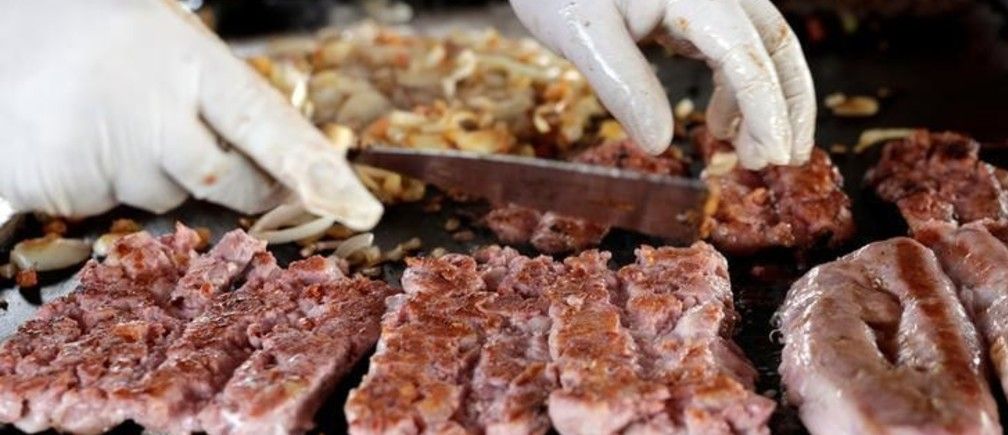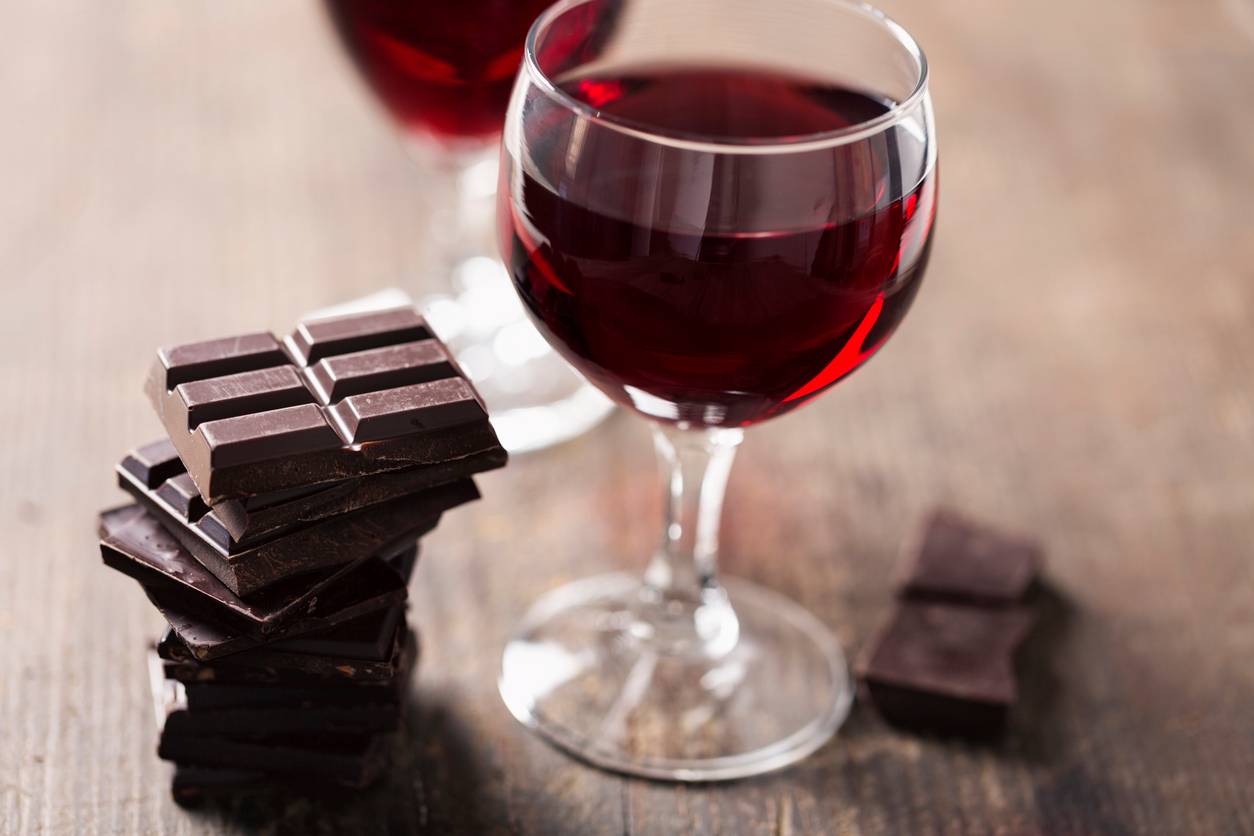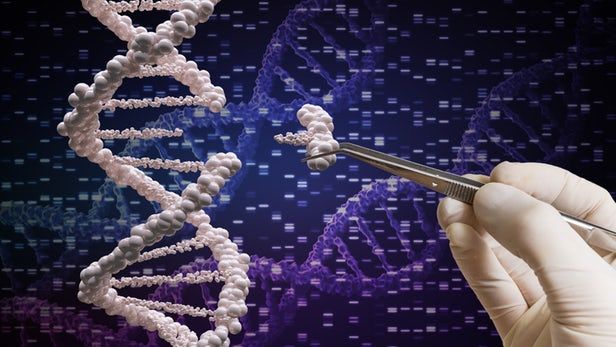In a Silicon Valley office park, a startup is developing a system that could automate greenhouse farming and help feed the world.




A compound in dark chocolate and red wine could help rejuvenate cells, according to a scientific breakthrough.
Researchers from the Universities of Exeter and Brighton have made the sizeable breakthrough on ageing and discovered a way to rejuvenate inactive senescent cells.
They found that they could make the cells both look and behave like younger cells.
Engineers from Harper Adams University in Shropshire are working on machines that can autonomously plant seeds, weed, water and spray without a farmer needing to venture into the field.
Professor Blackmore said: ‘I am trying develop a completely new agricultural mechanisation system based on small smart machines.
‘We are developing laser weeding, droplet application where only 100 per cent of the chemical goes onto the target leaf, selective harvesting where we can grade the product at the point of harvest.

Letters from a time capsule opened in the Russian city of Novorossiysk have revealed that Soviet students in 1967 believed their peers in 50 years time would be living on other planets and eating ice cream for free, while their homework will be done by machines.
Hundreds of time capsules were laid across the USSR in 1967 as the country celebrated half a century since the Russian Revolution, which eventually led to the creation of the Soviet state. Those messages, containing the accounts of Soviet people’s lives and their messages to descendants, are being opened in Russia this year, coinciding with the 100th anniversary of the events of 1917.
READ MORE: Cruiser Aurora fires at Winter Palace 100 years ago, signals peak of Russian Revolution.


Following a $200 million investment this summer — the largest agriculture-tech funding round in history — vertical farming startup Plenty is expanding beyond its Bay Area roots.
The company is opening a second farm in the greater Seattle area, Plenty CEO Matt Barnard told Business Insider. Located in Kent, Washington, the 100,000-square-foot warehouse facility will grow 4.5 million pounds of greens annually, which is enough to feed around 183,600 Americans, according to the USDA.
The new farm will officially start production in spring 2018. Instead of growing outdoors, Plenty grows its crops on glowing, LED-lit 20-foot-tall towers inside a former electronics distribution center in South San Francisco. The towers do not require soil, pesticides, or even natural sunlight.

“The humanoid robot market will grow from $320.3 million this year to $3.9 billion in 2023,”
The consumer market is definitely there, but you have to deliver a robot that can do practical things. For people working on robots out there. Right Now, I would just sit and focus on a robot that can move around an average kitchen, and make the most basic of meals; show that it can be done, and be sold for a reasonable price, that would be Phase 1. Phase 2 would be rigging up the cooking robot to be able to at least clean an kitchen and a bathroom, eventually an entire house. Phase 3 would be rigging up the cooking/cleaning robot to be able to do basic landscaping tasks. At that point i believe every household in America would want one. Phase 4 would be rigging it with niche entertainment features, and rigging it with the human level AI that turns up around 2029.
Greater interest from manufacturing, medicine, and retail will drive robotics growth for the next five years.
It once took online grocer Ocado two hours to put together a box of 50 food items. Now machines can do it in five minutes.

Over just a few short years the CRISPR gene-editing technique has revolutionized science, affecting everything from medicine to agriculture. Two new breakthrough studies have just been published describing dual methods that make the process more precise and efficient paving the way for scientists to safely alter DNA mutations that cause thousands of different human diseases.
CRISPR is conventionally a cut-and-paste tool allowing scientists to chop out unwanted strands of DNA and insert new genes, but a large volume of human diseases are caused by a single point mutation somewhere in a person’s DNA. Up until now scientists have not been able to simply and directly erase or rewrite these single mutations in living human cells.
Our human genome consists of 3 billion base pairs made up of chemical units referred to by the letters A, C, G and There are 50,000 known genetic mutations that are linked to disease in humans and 32,000 of these are single point mutations. Half of those single point mutations have been identified as a G-C pair that has mutated into an A-T pair.